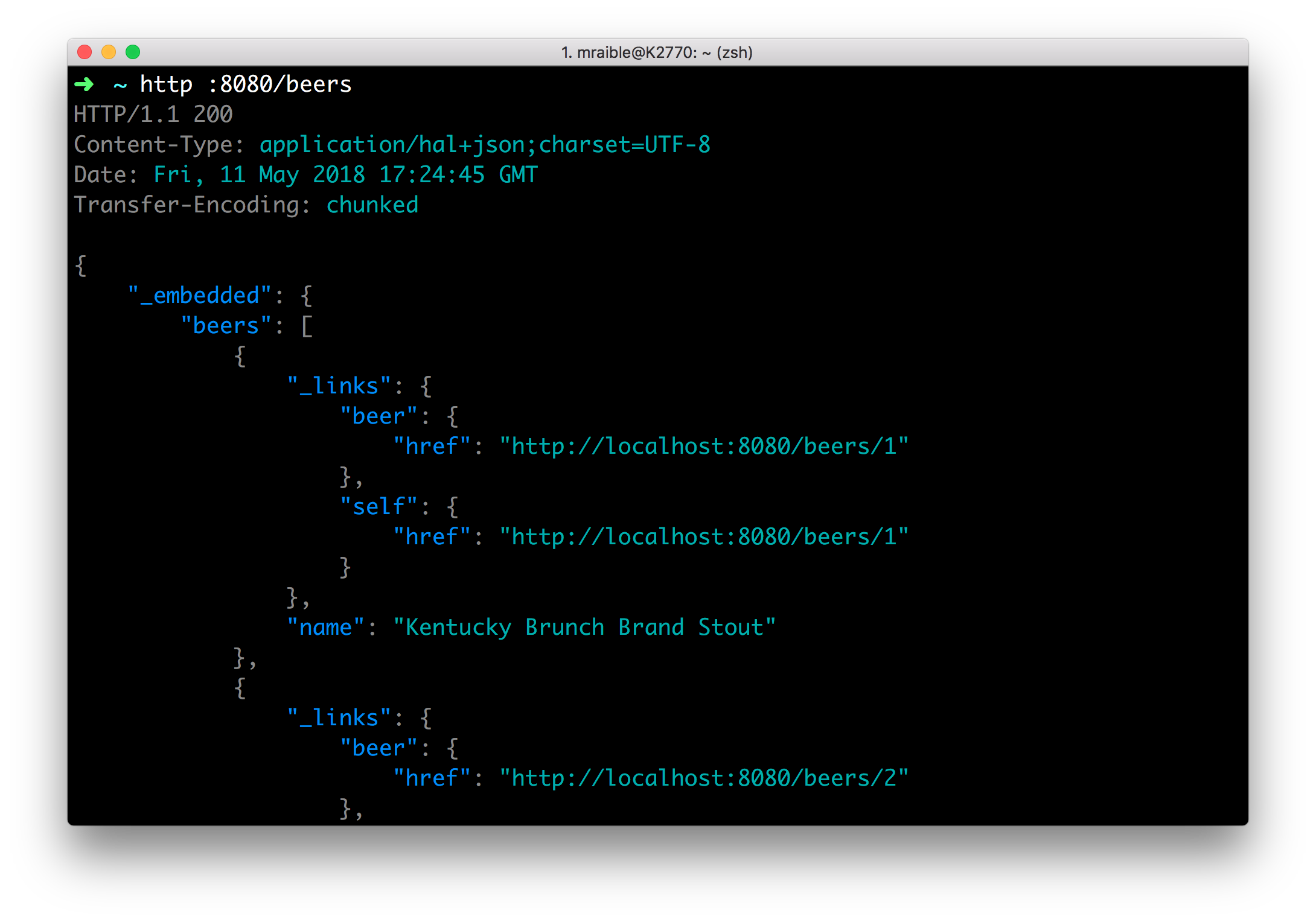What the Heck is OAuth?
There’s a lot of confusion around what OAuth actually is. Some people think OAuth is a login flow (like when you sign into an application with Google Login), and some people think of OAuth as a “security thing”, and don’t really know much more than that. I’m going to show you what OAuth is, explain how it works, and hopefully leave you with a sense of how and where OAuth can benefit your application. What...
Develop and Deploy Microservices with JHipster
JHipster is one of those open-source projects you stumble upon and immediately think, “Of course!” It combines three very successful frameworks in web development: Bootstrap, Angular, and Spring Boot. Bootstrap was one of the first dominant web-component frameworks. Its largest appeal was that it only required a bit of HTML and it worked! Bootstrap showed many in the Java community how to develop components for the web. It leveled the playing field in HTML/CSS development,...
Build a Microservices Architecture for Microbrews with Spring Boot

Adopting a microservice architecture provides unique opportunities to add failover and resiliency to your systems, so your components can handle load spikes and errors gracefully. Microservices make change less expensive too. It can also be a good idea when you have a large team working on a single product. Your project can likely be broken up into components that can function independently of one another. Once components can function independently, they can be built, tested,...
Add Authentication to Your Angular PWA
You’re developing a Progressive Web Application (PWA), and your service worker and web app manifest are working swimmingly. You’ve even taken the time to deploy it to a server with HTTPS, and you’re feeling pretty good about things. But wait, you don’t have any way of knowing who your users are! Don’t you want to provide them with an opportunity to authenticate and tell you who they are? Once you know who they are, you...
Tutorial: Develop a Mobile App With Ionic and Spring Boot
You already know that building APIs with Spring Boot is incredibly easy. But, your API isn’t complete without a UI, right? Well, building UIs with Ionic is pretty easy too, especially if you know Angular! Ionic is an open source framework designed to help you build mobile applications with web technologies. It started out as a framework based on AngularJS. Ionic 3.0 was recently released, with support for Angular 4, TypeScript 2.2, and lazy loading....
A Developer's Guide To Docker - A Gentle Introduction
It works on my machine. We’ve all heard it. Most of us have said it. It’s been impossible to get around it… until now. Not only can adding Docker to your development environment solve that issue, but it can make it drop-dead simple to onboard new developers, keep a team working forward and allow everyone on the team use their desired tools! Why Containers? “Aren’t containers just lightweight Virtual Machines?” That’s the question I get...
Build Your First Progressive Web Application with Angular and Spring Boot
An October 2016 DoubleClick report found 53% of visits are abandoned if a mobile site takes more than 3 seconds to load. That same report said the average mobile sites load in 19 seconds. According to Alex Russell in his recent talk on the state of mobile development, one of the biggest problems in mobile today is that developers use powerful laptops and desktops to develop their mobile applications, rather than using a $200 device...
Seven Awesome New Features In Visual Studio 2017
Microsoft developers have been using Visual Studio for their IDE since before .NET was even a thing. Visual Studio is twenty years old this year, and on March 7th, 2017 Microsoft released the latest version of its flagship developer product, Visual Studio. With this release are a bunch of new features, improvements, and exciting changes for the beloved Microsoft developer environment. Here are seven features in the new IDE that will excite developers using the...
Bootiful Development with Spring Boot and Angular
To simplify development and deployment, you want everything in the same artifact, so you put your Angular app “inside” your Spring Boot app, right? But what if you could create your Angular app as a standalone app and make cross-origin requests to your API? Hey guess what, you can do both! I believe that most frontend developers are used to having their apps standalone and making cross-origin requests to APIs. The beauty of having a...
Angular Authentication with OpenID Connect and Okta in 20 Minutes
Angular (formerly called Angular 2.0) is quickly becoming one of the most powerful ways to build a modern single-page app. A core strength is Angular’s focus on building reusable components, which help you decouple the various concerns in your application. Take authentication, for example: it can be painful to build, but once you wrap it in a component, the authentication logic can be reused throughout your application. The Angular CLI makes it easy to scaffold...